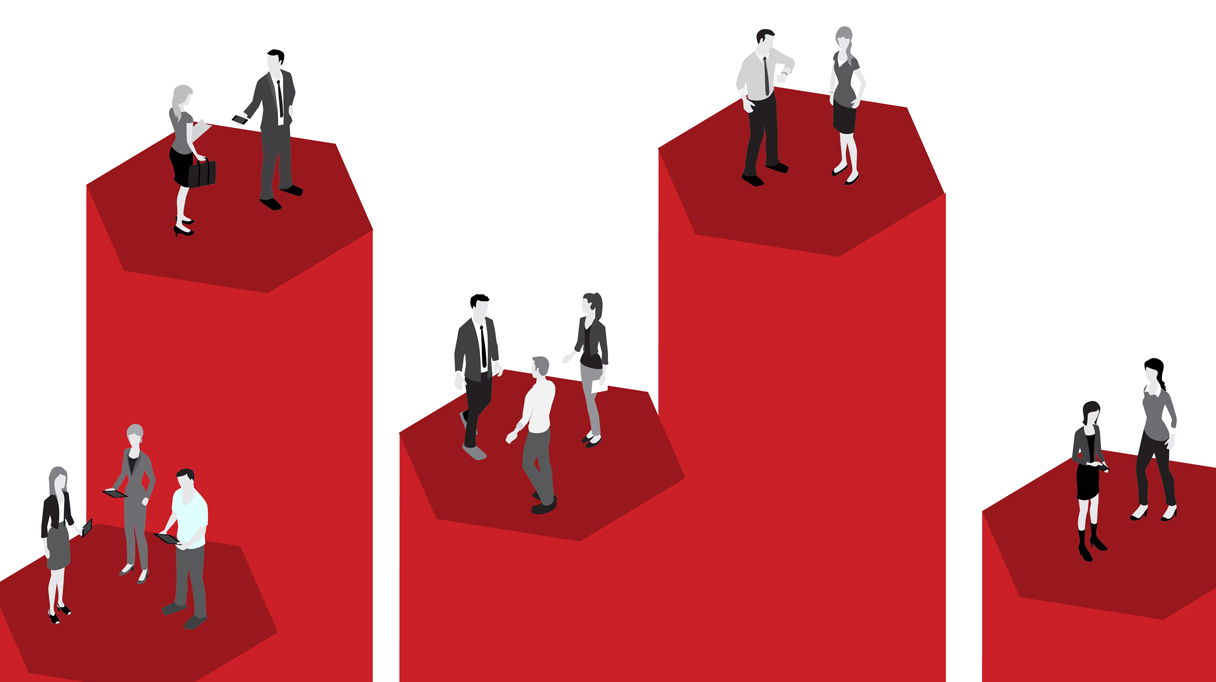The world of work is undergoing a profound transformation. In the 21st century, organisations are moving away from rigid hierarchies and bureaucratic structures, toward systems built on collaboration, decentralised decision-making, and shared purpose. This shift has been driven, in large part, by the digitisation of the workplace and the increasing complexity of our environment. Simply put, the old rules no longer suffice.
The Manifesto for 21st Century Management captures this change well. It highlights a new mindset: developing resonant rather than dissonant relationships; inspiring rather than judging; inviting people toward a shared vision rather than micromanaging task completion. It also insists on enabling self-organisation, cultivating intrinsic motivation, and embracing diversity rather than enforcing conformity. These values are more than buzzwords—they are the foundation of modern organisational resilience.
Research consistently shows that skills such as creativity, adaptability, critical thinking, and cross-cultural communication are now essential. In fact, recent surveys paint a clear picture: 70% of employees say digital technology improves collaboration; highly connected teams demonstrate over 20% higher profitability; and employees working collaboratively stay more engaged, show lower fatigue, and achieve better results than their isolated peers. In short, collaboration is not optional—it’s central to competitiveness.
At the heart of this transformation lies the team. Teams are not new, but their role has become more critical than ever. Functional teams, the hallmark of traditional organisations, were designed for stability. They were arranged in silos, tightly controlled by line managers and executives. Each unit focused on its own objectives, often with little awareness of the broader company mission. While this system ensured control, it also bred unhealthy competition, reduced coordination, and created knowledge silos that ultimately slowed adaptation and innovation.
Cross-functional teams emerged as the answer. By bringing together people from different disciplines to work on shared goals, they reduce handoffs, shrink lead times, and foster a unified understanding of objectives. Team members learn from one another, gain broader skills, and develop solutions that serve customers more directly. When supported by the right environment, cross-functional teams embody agility—they can respond faster, innovate more effectively, and align more closely with customer needs.
But not all cross-functional teams succeed. When teams are forced together without genuine support, the results can be toxic. Dysfunction, resentment, and cynicism often follow. The case of ZHAW illustrates this well: functional silos were pushed into so-called cross-functional teams without the necessary cultural shift, leading to conflict, wasted effort, and declining morale. Simply re-arranging people into groups is not enough. True collaboration requires intentional structures, skilled facilitation, and a shared commitment to collective outcomes.
So what makes a team effective? The research of Tarricone and Luca offers valuable insight. Their review highlights six essential attributes: commitment to shared goals, interdependence, interpersonal skills, open communication with positive feedback, appropriate composition, and accountability to team processes and leadership. Effective teams, in other words, are not accidents—they are carefully nurtured ecosystems.
The lesson is clear: organisations must move beyond old paradigms of control and isolation. They must invest in teams that are purpose-driven, well-structured, and empowered to self-organise. Collaboration is not just a management trend; it is the very mechanism through which resilience, adaptability, and innovation are built.
As we move deeper into the 21st century, the organisations that thrive will be those that fully embrace this paradigm shift: from silos to synergy, from command-and-control to trust and empowerment, from rigid bureaucracy to collaborative learning.
